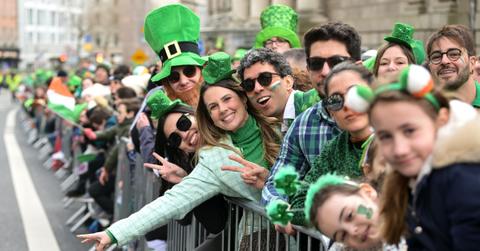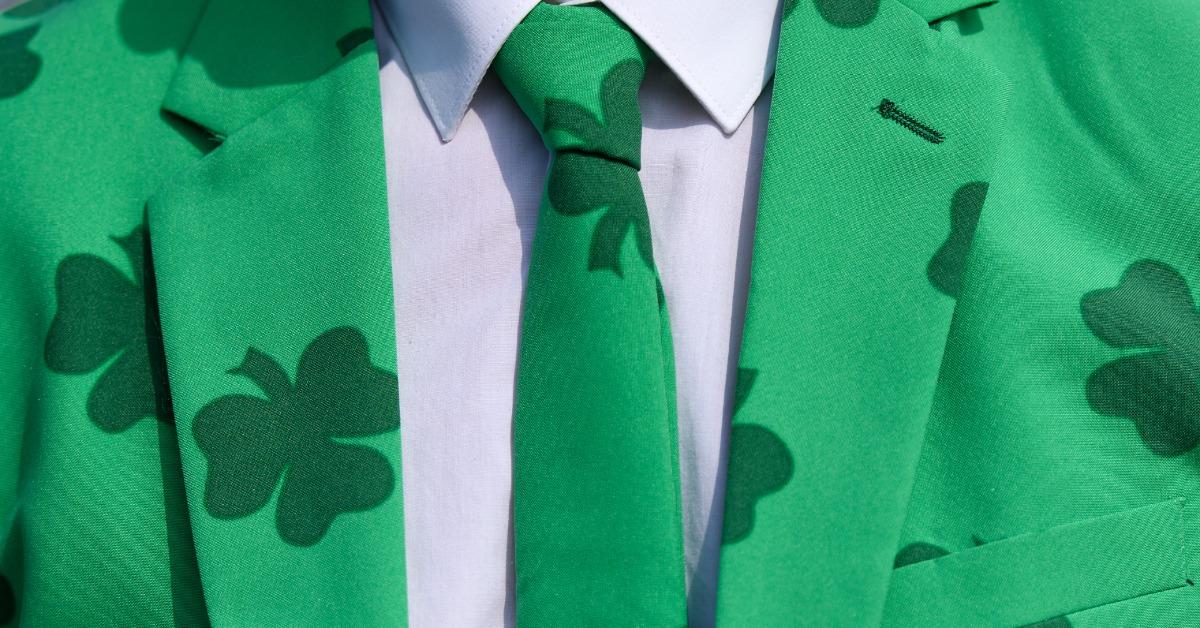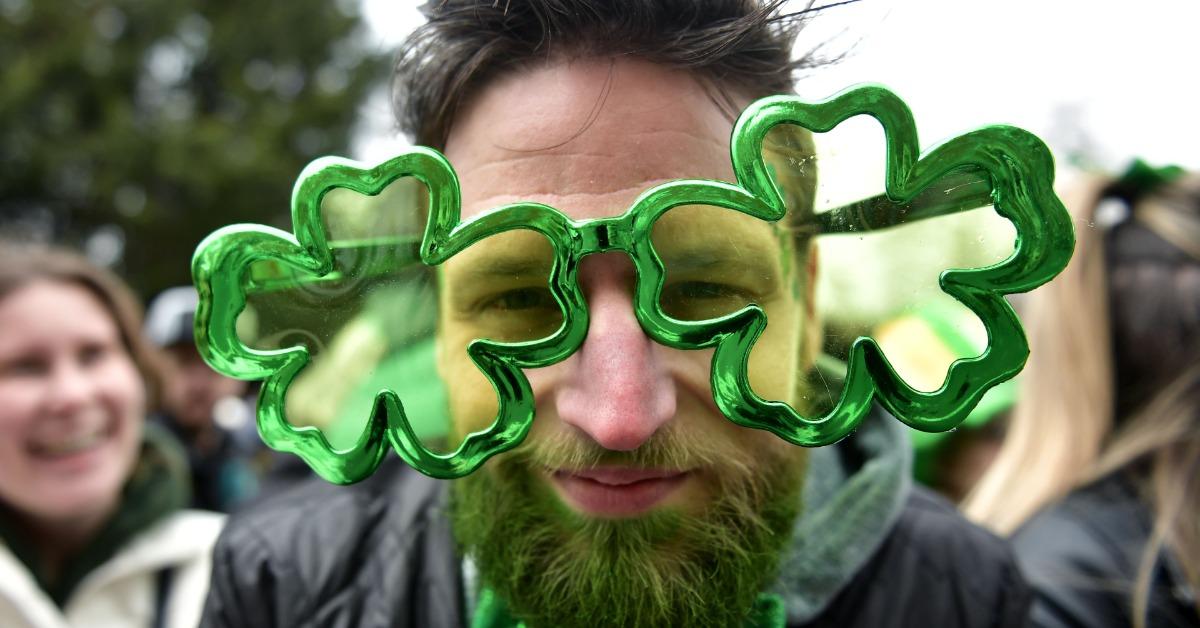If You're Caught Not Wearing Green on St. Patrick's Day, You Might Get Pinched — Here's Why
Updated March 16 2023, 2:33 p.m. ET

There are a lot of storied traditions that have to do with celebrating St. Patrick's Day. Whether it be sporting shamrocks, drinking a pint of Guinness, or enjoying a plate of corned beef hash, the Irish holiday has a grip on the world at large that few other unique celebrations can claim.
One of the given features of St. Patrick's Day is seeing people wear green (and a lot of it). However, for those who decide to not don the vibrant color on the holiday, a pinch may come as retaliation. So, with the holiday on March 17, be prepared to get pinched for not wearing the color green. Let's take a look at the tradition's origins.

Why do you get pinched for not wearing green on St. Patrick's Day?
The inclusion of pinching people who aren't wearing green on St. Patrick's Day came as a direct result of another storied Irish tale: Leprechauns. Indeed, despite not being widely practiced in Ireland itself, per Irish Central, the tradition of pinching those not wearing green is a huge thing in the U.S.
Here, celebrators punish those who aren't wearing green by giving them a pinch, as the story goes that wearing green makes one invisible to Leprechauns. Therefore, someone not wearing green can be seen by them and is susceptible to a pinch. People began taking up the practice of pinching one another for not wearing green because, well, it's not like the Leprechauns can be everywhere at once!

Green wasn't always the color associated with St. Patrick's Day — it actually used to be blue.
Like most things, the traditions surrounding celebrating St. Patrick's Day have evolved as time has gone on and its participants spread to the four corners of the globe. In the holiday's earliest days, the color blue was actually most associated with its celebration, but that quickly changed as news of St. Patrick's Day spread beyond Ireland.
Deriving from its nickname of "the Emerald Isle" and its abundance of greenery, Irish-Americans in the 19th century began banding together to celebrate St. Patrick's Day in the U.S. In seeking to represent their homeland, per Irish Central, they adopted the color green as well as Ireland's native clovers as symbols of the holiday. Soon after, the U.S. way of celebrating took hold worldwide, and St. Patrick's Day and the color green became forever intertwined.